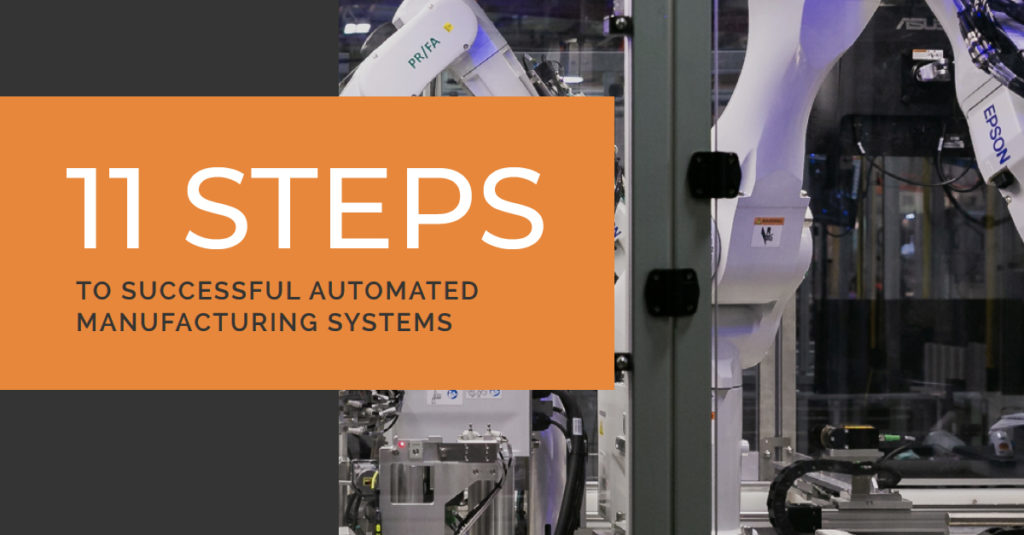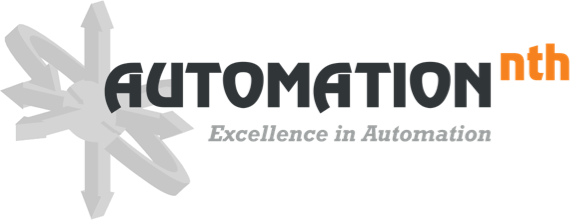
This is the fifth post in the series of 11-steps to follow to achieve success in automated manufacturing systems. If you’re new to this series, you can start with the first step: When to Automate.
In this post, we’re covering Step 5—The Contract.
- When to Automate
- Where to Start
- Who Should Be Involved
- How an Automation Architect Selects an Equipment Supplier
- The Contract
- Defining the Solution
- Project Execution
- Runoff & Factory Acceptance Test at Supplier
- Operator & Maintenance Training
- Installation, Final Acceptance & Production Start-Up
- Continuous Improvement
To skip ahead and read all 11 steps together in an ebook now, fill out the form below and we’ll send it to you!
Step 5: The Contract
In addition to the usual terms and conditions, the supplier and end user may
wish their contract for a custom manufacturing system to address a number
of issues, including:
- A sign-off on all technical descriptions of the system, including appropriate engineering drawings
- Production rate of the system, at specified efficiency levels
- Final part drawings from the customer and definition of required levels of accuracy/quality
- Required capability of the system to hold tolerances over a period of time, stated in one of the several standard index terms, such as standard deviations (Sigma) and Cpk
- Specified progress and milestone points throughout the building
- Schedule (possibly using a Gantt chart)
- Agreed-upon statements regarding safety, noise, and other plant environmental considerations
- Training requirements for operation and maintenance
- Ownership of any Intellectual Property that is developed
- Cancellation clause: the two parties need to determine how to compensate the supplier for all the work that has been completed prior to cancellation. The supplier will typically use a standard labor rate and bill the customer for the time and materials used up to the time when the project was cancelled
- Other important specifications to be addressed:
- The project price
- Delivery date
- Criteria for acceptance of the system at supplier and at customer including the quantity and quality of customer supplied parts required for set-up and run-off of the system and method for inspecting/gauging quality (acceptable production coming out of the system requires process controlled parts going into the system)
- Names of selected suppliers of components or subsystems (tools, controls, electrics, etc.);
- Procedure for handling system changes after initial order, if required by customer, and if the changes have costs associated with them, how the charges will be billed
- A list of recommended spare parts to be purchased which may be developed by the builder at the appropriate time and presented to the customer
- Warranty and service policies
- Initial documentation/manuals required by customer
- Procedure to update and keep current all documentation/manuals
It is typical to have the builder train the user personnel in areas such as system setup, programming, operation, maintenance, tooling, etc., and to include a preventive maintenance schedule. Step 11 will have more detail on the benefits of a PM program.
Perspectives on Automation
“Our contract includes both our commitments and those of the systems builder. We throw in all of the normal legalese, but we then specify our agreements as to individual stations, number of spindles, transfer system, test or monitoring operations, etc. We also establish an agreed upon list of suppliers of tools, controls, electrics, hydraulics, et al. These are negotiated prior to the agreement, and in some cases we accept the preference of the builder. As for performance, we stipulate the conditions for and the extent of the runoff in the builder’s plant and our plant as part of the contract.”
Product subassembly contract manufacturer
